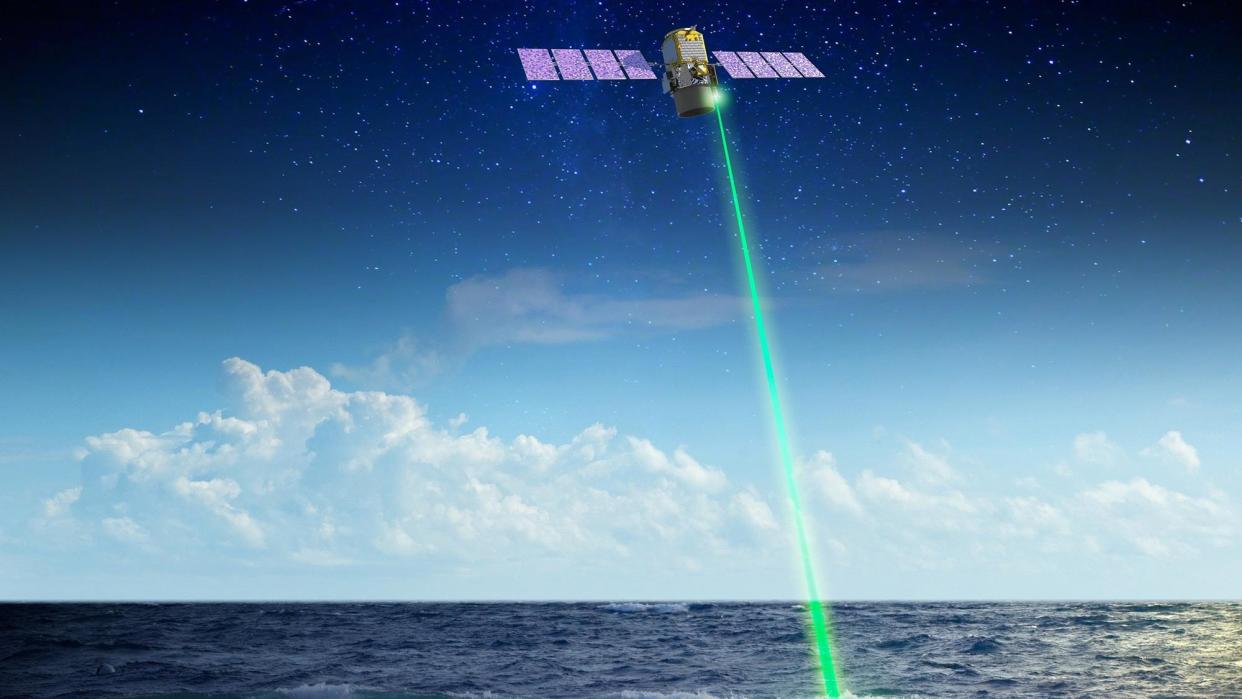NASA's Cloud Observing Satellite Bids Farewell After 17 Years

An illustration of the space-based CALIPSO lidar satellite.
After blasting beams of energy through the clouds for the past 17 years, NASA’s lidar satellite mission came to an end this past August, the agency has revealed.
CALIPSO, a joint mission by NASA and the French National Centre for Space Studies (CNES), had exhausted its fuel reserves. Due to its decaying orbit, the satellite was no longer capable of generating sufficient power to operate its science instruments. As such, the two space agencies agreed to end the mission on August 1, NASA announced on Tuesday.
Read more
‘Dead End:’ Workers At Non-Union Auto Plant Trump Visited Say The Place Sucks
Collectible Maker Claims Sony Suddenly Ordered Destruction Of Playstation Merchandise
The two satellites were placed in Sun-synchronous orbits from the North to the South poles, crossing the equator in the early afternoon every day. From their observational perch, they probed the vertical structure of the atmosphere, measuring the altitude of clouds and layers of airborne particles such as dust, sea salt, ash, and soot, according to NASA. Together, they provided scientists with unique simultaneous observations and never-before-seen 3D perspectives of how clouds and aerosols form.
“One of CALIPSO’s most important applications was detecting the presence and measuring the altitude of ash plumes from volcanic eruptions,” Dave Winker, principal investigator for CALIPSO, said in a statement. “These observations were used by Volcanic Ash Advisory Centers around the world to alert and direct commercial aviators to avoid flying into the plumes.”
“I have a feeling of accomplishment that the mission we conceived 25 years ago operated successfully over a long period of time,” he added.
For more spaceflight in your life, follow us on Twitter and bookmark Gizmodo’s dedicated Spaceflight page.
More from Gizmodo
Sign up for Gizmodo's Newsletter. For the latest news, Facebook, Twitter and Instagram.

